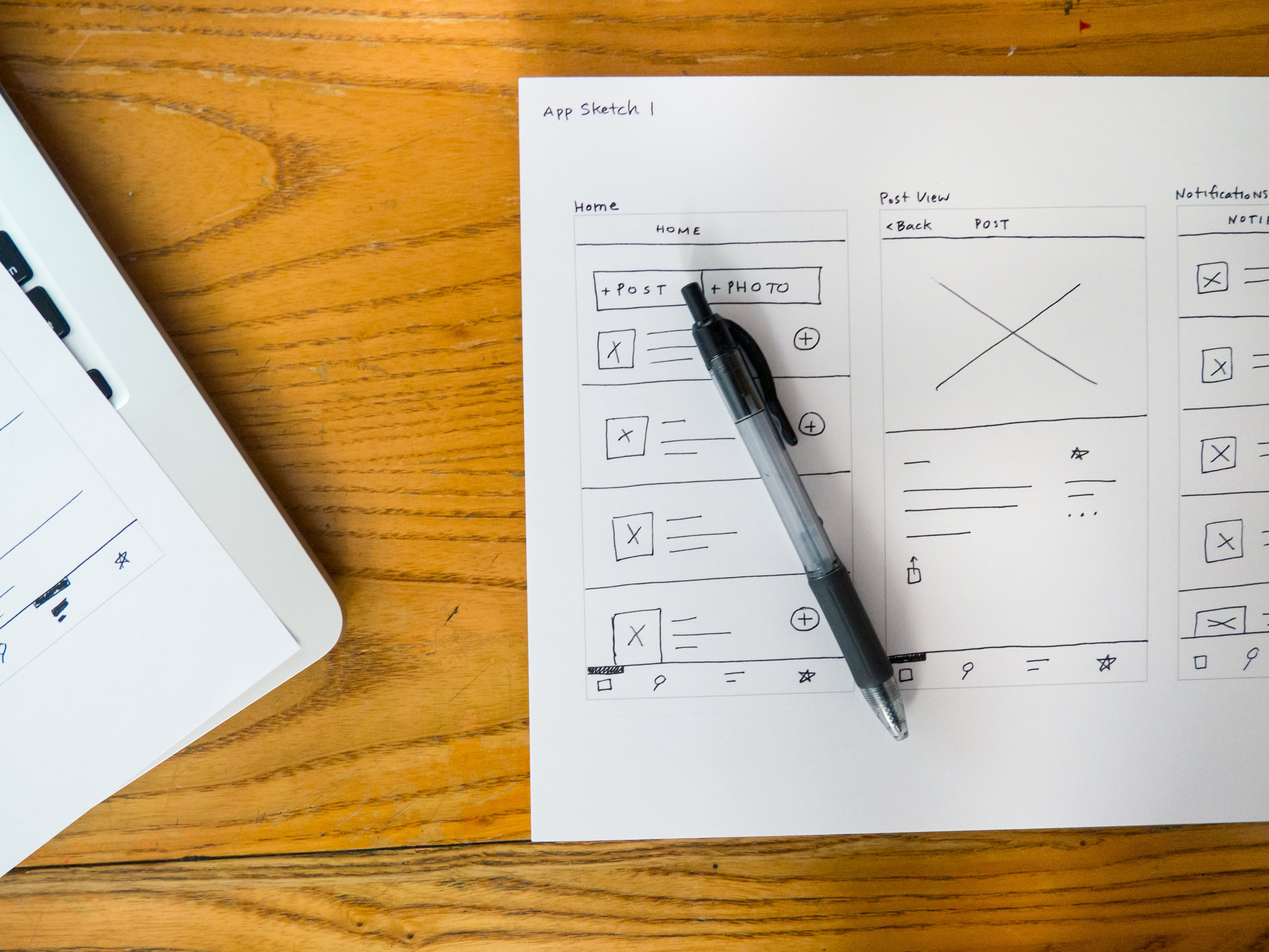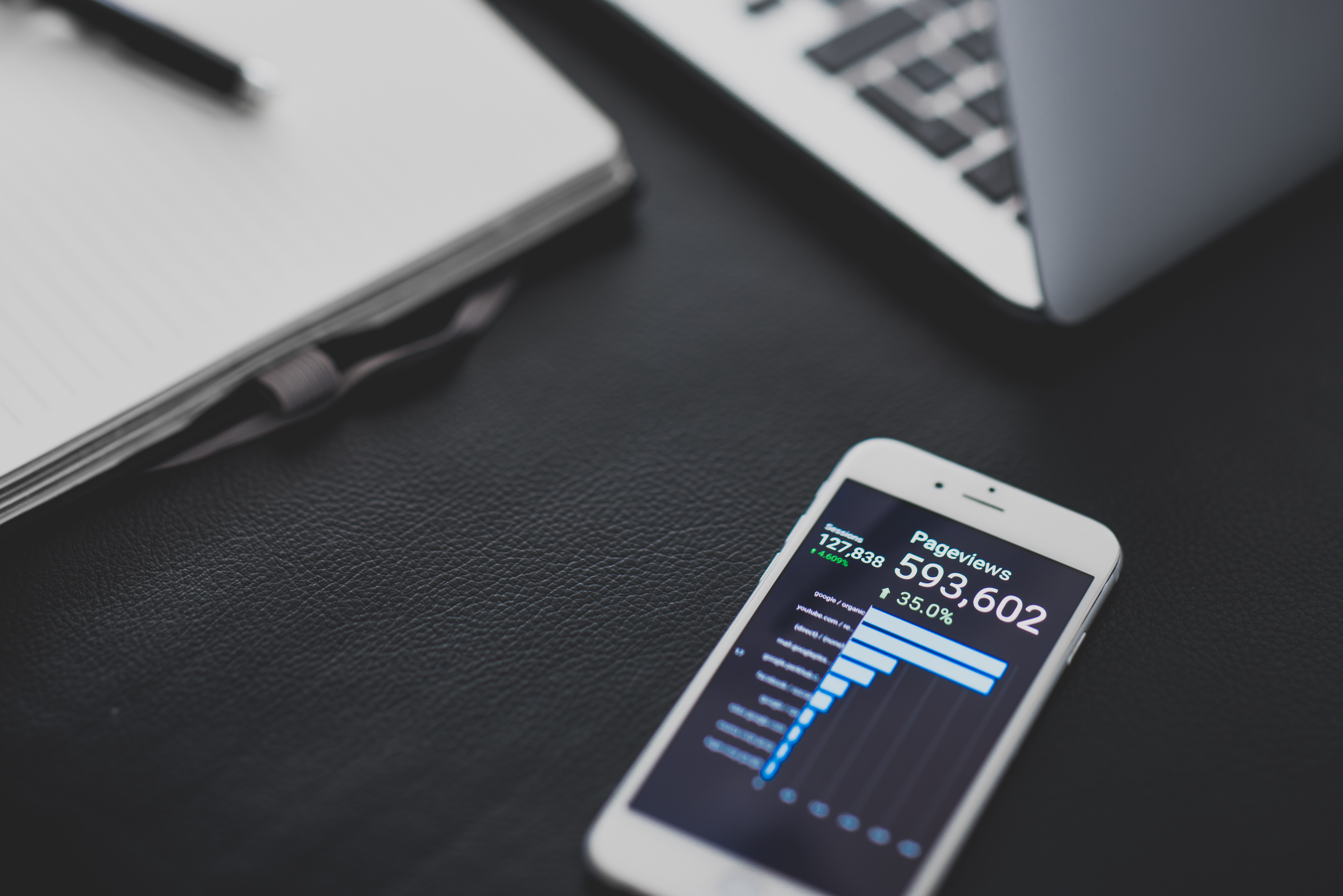What’s the difference between a UX and UI designer? (Part two)
Part two in our series on UX and UI design focuses on the principles of UI design and how a UI designer can create an intuitive website experience.
Welcome to the second instalment in our series on UX and UI design. We’re here to help you spot the difference between these two types of design so you can understand what kind of designer you need and when.
In part one, we looked at what UX design is all about and how a User Experience Designer goes about creating the best experience for a website. In case you missed it, you can read it here.
Need a brief recap? No problem.
In a nutshell, user experience design refers to the feeling a user gets when they interact with a product or service (whether physical or online). UX will focus on the interactive element of a product or service (whether it be a registration page or simple the home page) and will understand how a user would interact with that page, including where they will click to reach their end-goal. This understanding helps a usability specialist or UX consultant arrange the content architecture and sitemap.
Now, let’s move on to UI design principles.
What is UI design all about?
UI is short for User Interface. This comes out of the software world, in which the user interface of a product (or website) IS the product. If UX web design is all about helping users accomplish meaningful tasks on a website, then UI design is the next stage in the process that makes compelling and aesthetically pleasing interfaces that connect emotionally with humans. In layman’s terms: How the product or service is “laid out”.
In a nutshell:
- UI designers are responsible for the transference of a brands strengths and visual assets to a product’s interface – in this case, a website – to optimise the user’s experience
- They visually guide a website user through each stage via interactive elements, which are consistent and accessible across all platforms
- UI is the more technical side of design and may be responsible for creating a defined style guide and ensuring a cohesive design language is applied across the product or service.
An example of UI design could involve using analytics via heat mapping technology to decide whether a slider function or control spinning knob makes more intuitive sense when adjusting a graph on a web page or when deciding where to put call-to-action buttons on an email newsletter.
Identifying the difference between UX and UI designers can often be blurred and it’s quite common to see companies opt to find a designer who encompasses both those skills.
Do you need a skilled UI or UX web designer to create the best website experience for your business? iFactory’s team of UI and UX experts are highly skilled in understanding what your users need and building it into a meaningful, intuitive website. Get in contact with the team today.

